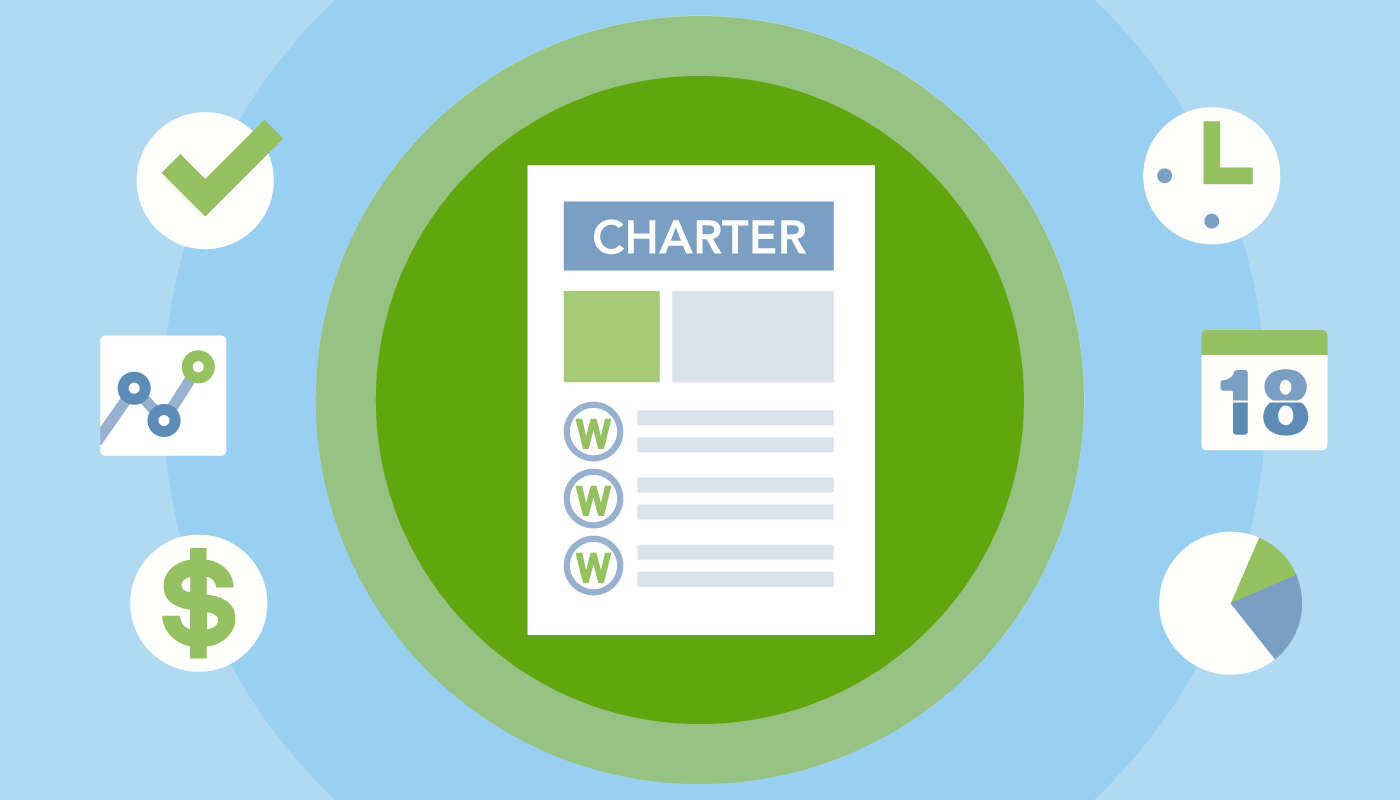Common Project Management Mistakes and How to Avoid Them
So many projects, so much mismanagement. That's the refrain of many IT executives. Indeed, even with project management software, IT projects often wind up taking longer (much longer) than planned and costing more than budgeted.
While no two projects are exactly the same, the issues that can affect — and potentially jeopardize — them are often quite similar. And even good project managers can make mistakes when wrangling a big, complex project — or when being bombarded with change requests.
Here's what IT executives and project management professionals told us are the all-too-common mistakes they see project managers make — and advice for avoiding them.
No Goals Setup and Avoid Meeting the Teams
“It’s important for the entire team to know roles and responsibilities and deliverables” right from the start, says Shami Ahuja, director of agile practice at technology consulting firm Nisum. This is why it’s a good idea to hold a kickoff meeting with all stakeholders.
“A kickoff meeting helps [define and set] expectations — and [ultimately] makes the team more self-dependent and self-organized. It also instills a higher level of accountability and ownership [of the project].”
Not Managing Bigger Projects in Phases (smaller pieces)
“Breaking [a] large project into small, manageable pieces will make the team feel more comfortable and confident that they can successfully tackle what may seem like an impossible project and [accomplish] each task,” says Sid Soil, owner of document imaging and storage provider.
To avoid leaving your team feeling overwhelmed, “take the time to understand each facet of the project.” Then “break the project into small pieces, and break those small pieces into smaller pieces if you can.” And assign each task to the team members who are best suited to accomplish them.
No prioritizing of projects or tasks
“Many IT departments have multiple, concurrent projects running, for both internal and external customers,” explains Cortney Thompson, CIO of data center services provider Green House Data. And “too many times, we see staff keeping their head down on a project that is a lower priority while a higher visibility project starts to slip.”
That’s why it’s important for — and the job of — the project manager to let team members know what tasks should take priority and when priorities have changed. “Clearly communicating project priorities can help save a lot of hassle and headache,” he says.
Not focusing on People Management
“Too many project managers get bogged down focusing on the scope, quality, cost and timeline associated with their projects” and forget about the people who are actually doing the work, says Irfan Kapasi, managing director, strategic solutions and services, at IT staffing firm Computer Task Group. Failing to properly manage team members, or micromanaging them, can “lead to delays, impact quality and result in cost overruns.”
To avoid this problem, “make sure everyone understands how and why their role is important to the success of the project and schedule time for periodic check-ins,” he advises. “This includes sponsors, team members, executives, suppliers and other stakeholders. This way you can make sure everyone shares the same vision for the project.”
Lack of Communication with Team Members
“While nobody will refute the importance of constant communication to successful project management, once a project is underway it's easy to miss times to meet with the team or provide updates to key stakeholders,” says Bob Drainville, president of time tracking app maker Timesheet Mobile.
“Establishing the right foundation for regular meetings, who will attend these meetings and who else needs to be involved will help keep things on track." Drainville also emphasizes the importance of having the right number of people involved because "too many people can bog things down, as people may feel they need to comment at every turn.”
Lack of Project Management Tool
“Many solid project management tools, like Asana or Trello, have great visual representations of the status of [a] project,” says Kean Graham, founder & CEO of ad optimization companyMonetizeMore. To help keep projects on track, “it's important to use these tools to know where the project is, to make sure it is on pace to complete by the deadline and to identify opportunities for additional efficiency [or spot problems].”
Additionally, “project documentation should be updated weekly,” says Cerila Gailliard, a certified project management professional and consultant. “If something of importance comes up [e.g., a change in task or scope or deadline], the PM should update the documentation within 24 hours. This will give everyone on the project accurate information [about] the project.”
Not Able to Adjust with Changes when things go wrong
As every project manager knows, sometimes, despite your best efforts, things go wrong or the project fails. And “the fear of failure can sometimes lead a project manager to an exercise of futility in trying to salvage a doomed project,” says Brandon Evans, CTO of project portfolio management software provider Changepoint.
That’s why it is essential to “create a vehicle for transparent and truthful reporting… [that] provides executive stakeholders with information that allows for good, timely decision making,” he says. That way, “if the project is strategically important, [and something goes wrong,] the business can change course and [help the project to] become successful by adjusting [the] budget, resources and/or delivery expectations.”
Hope you liked the article and please do subscribe to receive such articles posted on Digital TechJoint and click here to subscribe to our YouTube channel.
Thanks for Visiting Digital TechJoint !!!!






